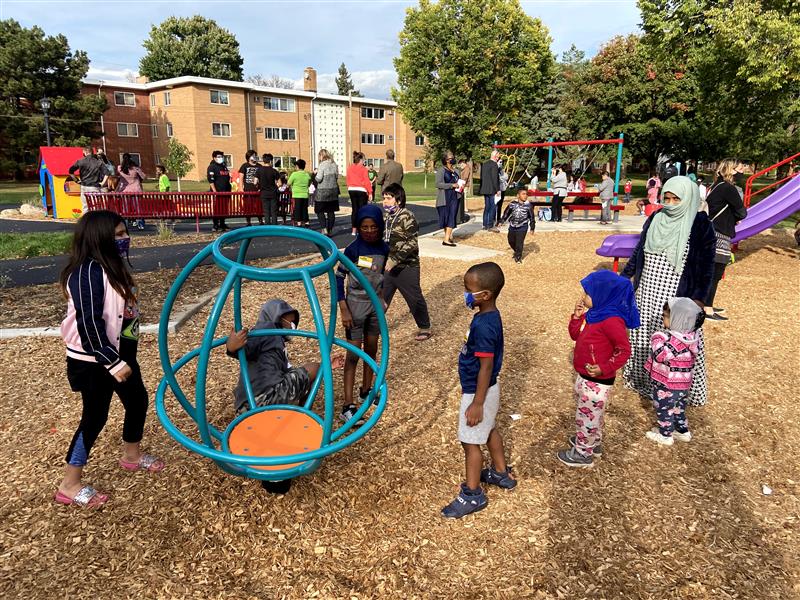Overview
In response to resident demands for a less punitive, community-based approach to preventing violence and crime, many jurisdictions are exploring ways to advance police accountability and forming new offices of neighborhood safety or violence prevention.
However, many government leaders struggle to identify metrics that adequately measure community safety, making it difficult to meaningfully track the impact of public safety initiatives and policy changes. Instead, they often:
- Rely on traditional crime metrics to measure progress toward their goals. Crime statistics, such as arrest rates, reflect law enforcement priorities by measuring the absence of presence of crime, yet often fail to meaningfully capture whether or not residents actually feel safe.
- Use resident surveys to evaluate safety, which tend to be expensive, burdensome on communities, and unrealistic to administer more than once a year.
The GPL supports jurisdictions interested in advancing community-based safety solutions through:
- Collaborating with trusted community-based organizations (CBOs) to incorporate resident perspectives into new public safety programs.
- Developing and testing community-based public safety indicators that reflect what residents do when they feel safe, such as riding the train at night.
In addition to technical assistance for jurisdictions, the GPL conducts and publishes research on public safety and police accountability. This included interviewing dozens of mayors and other public leaders for our 2022 report, “Mayor to Mayor: Taking the Lead on Police Accountability,” and running an executive workshop on police accountability and public safety for state and local leaders in 2024.





